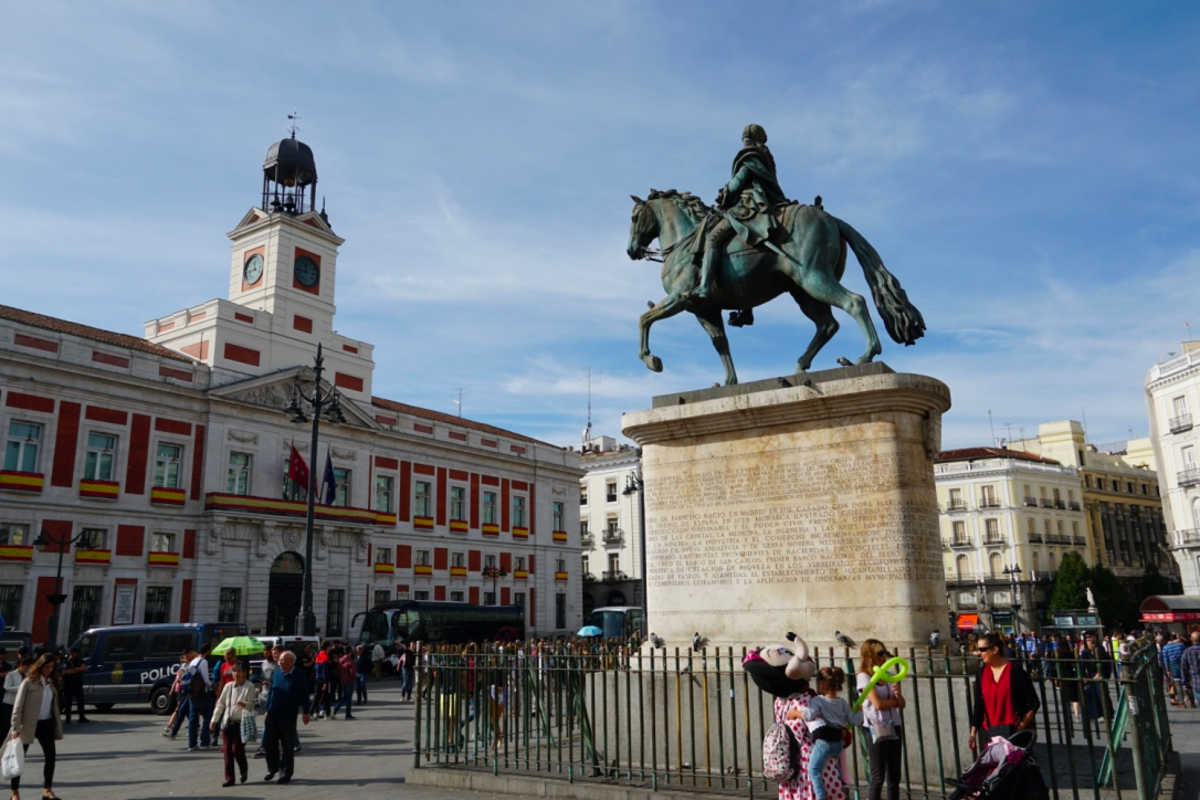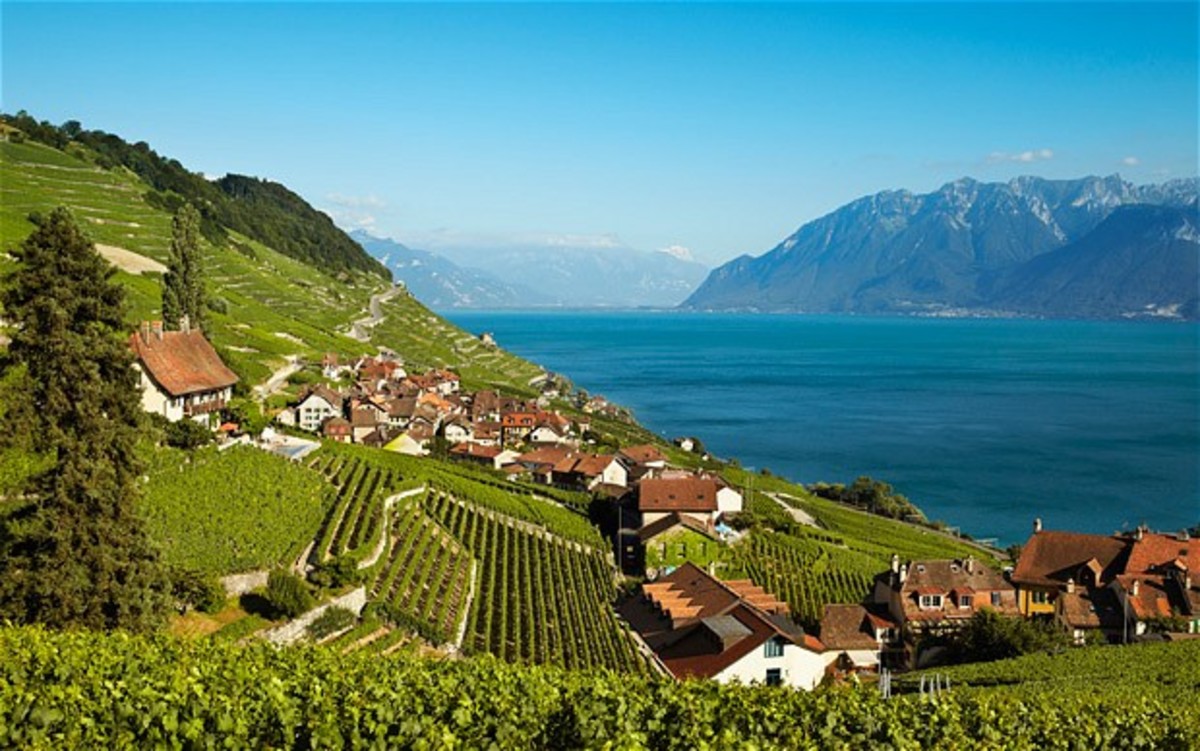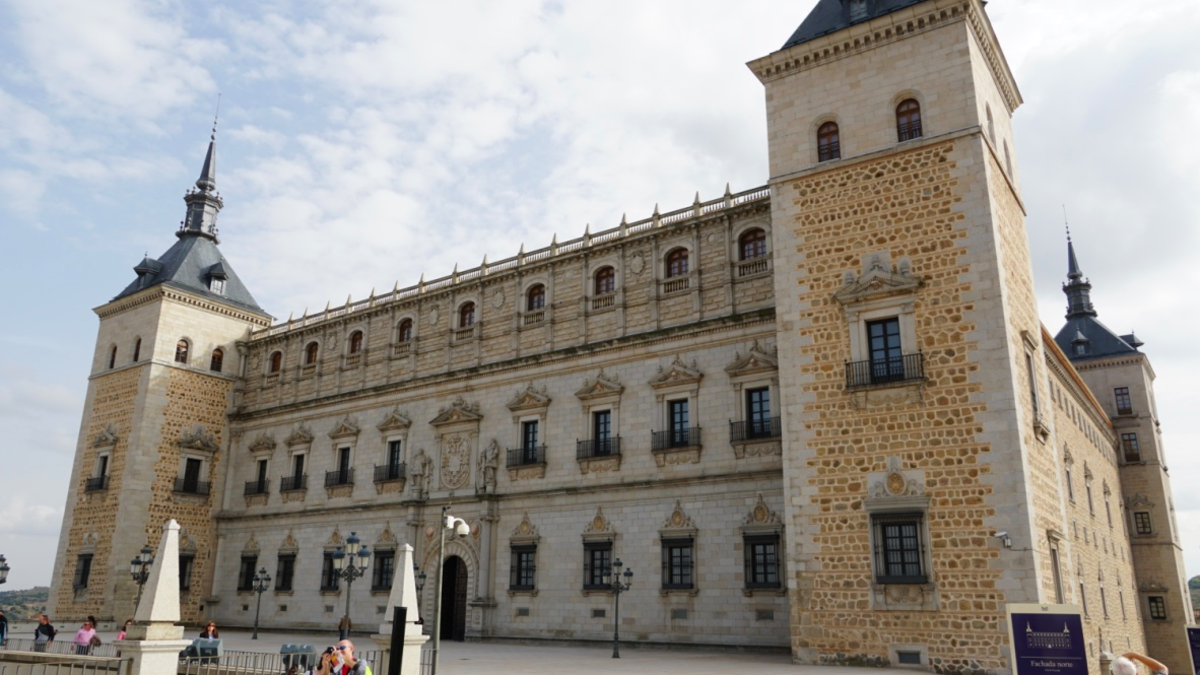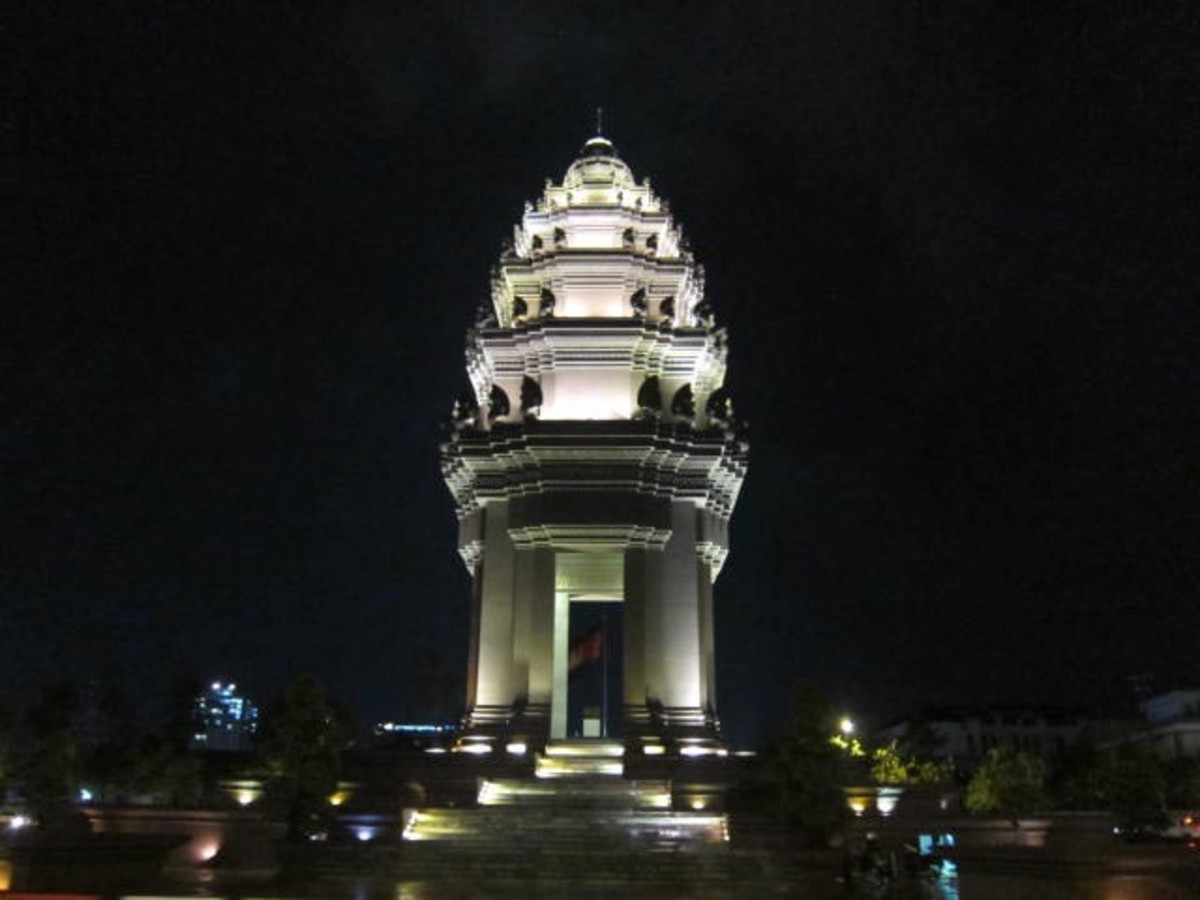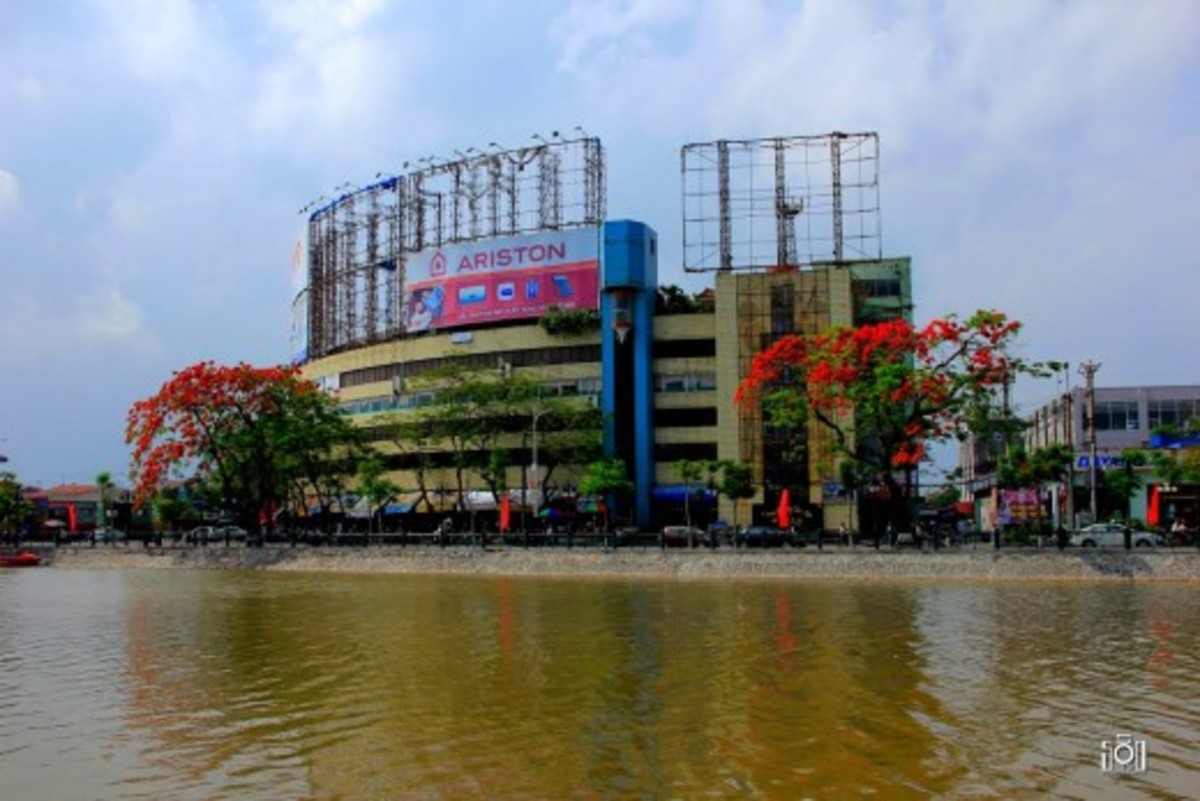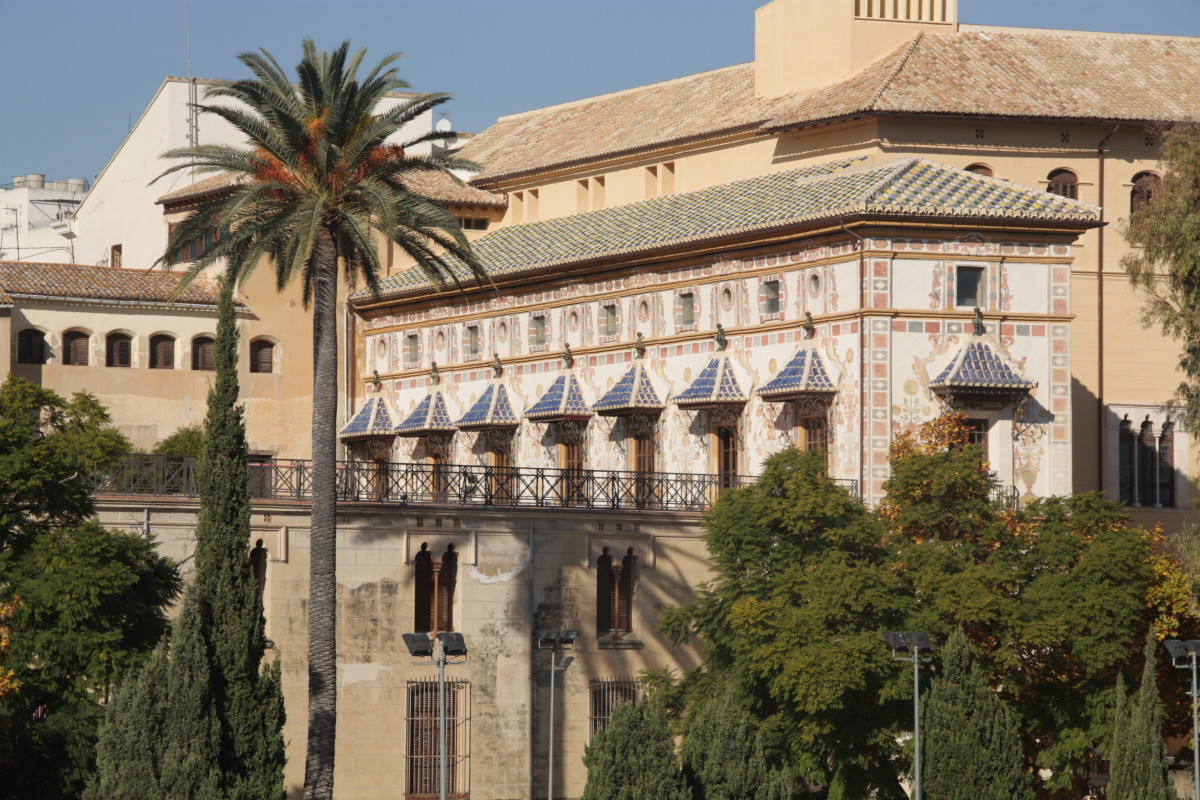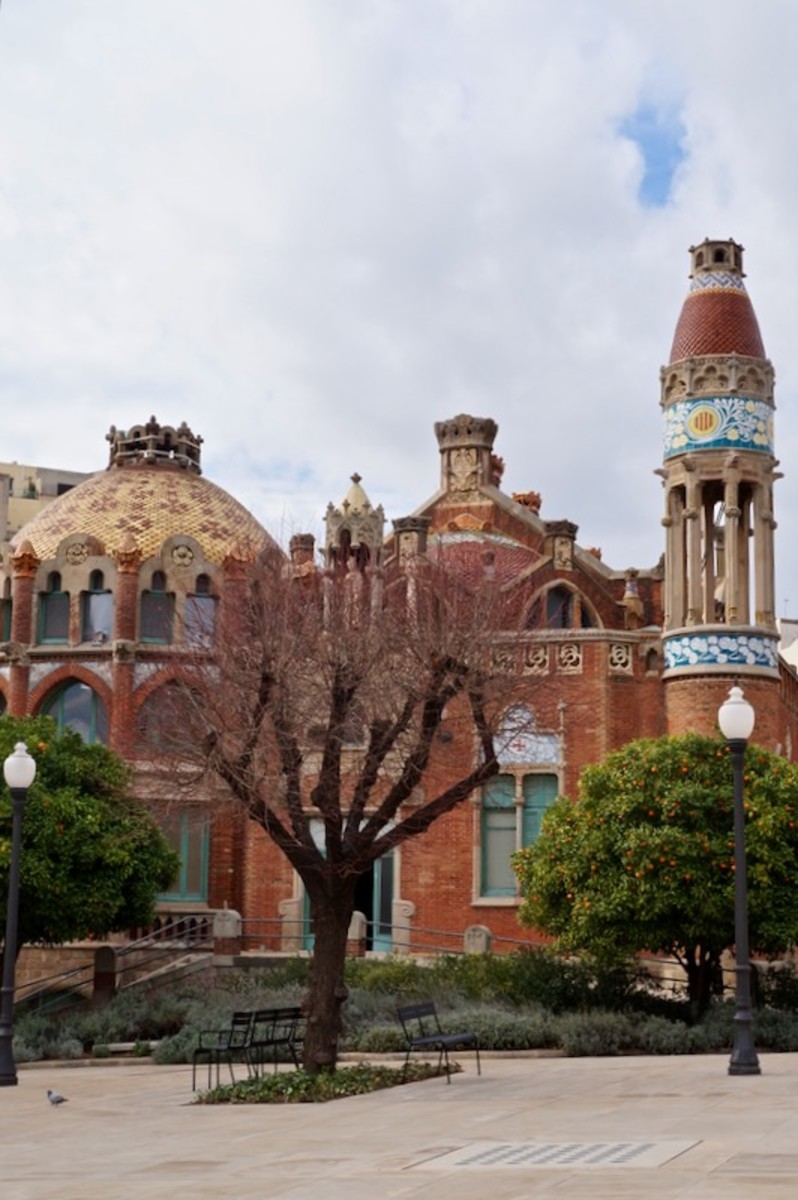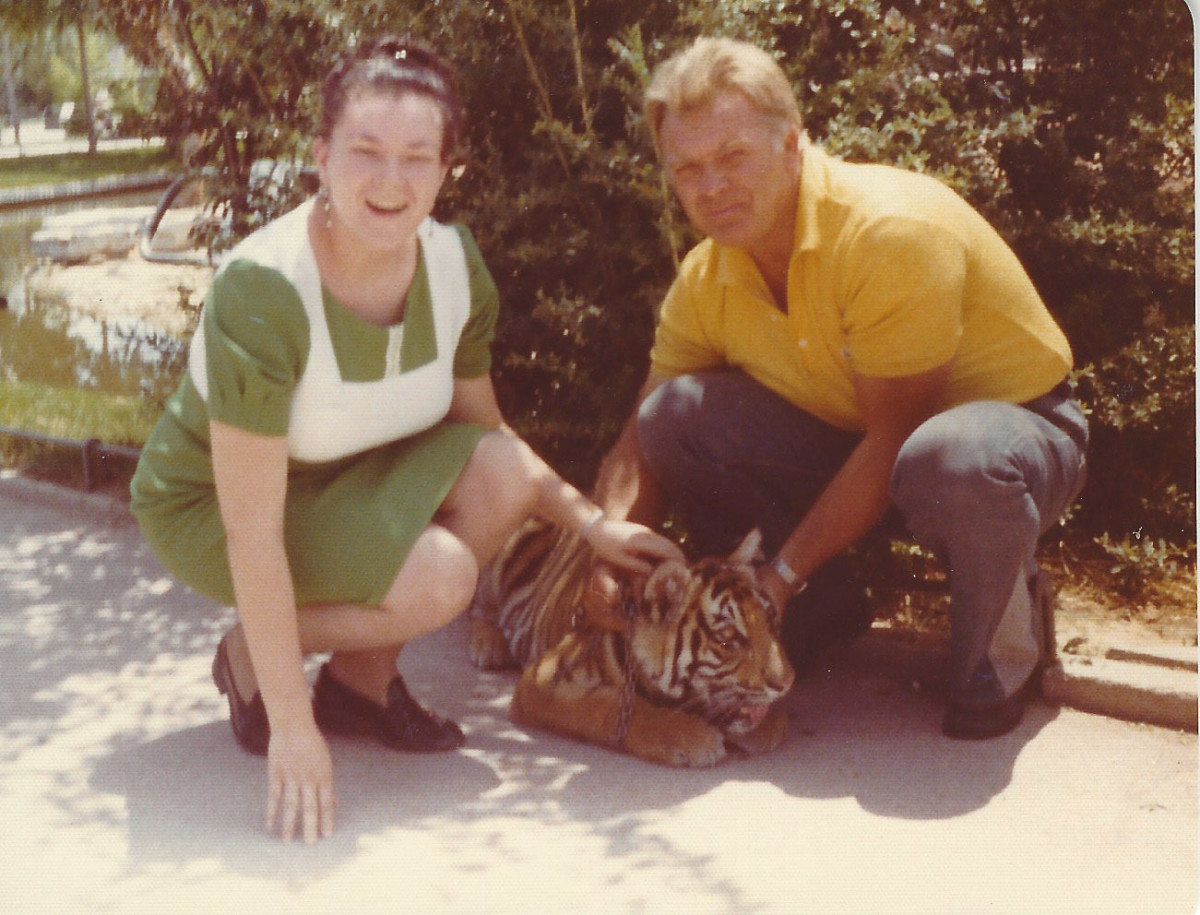20 Most Interesting Facts about Madrid
Madrid, The City of Angels
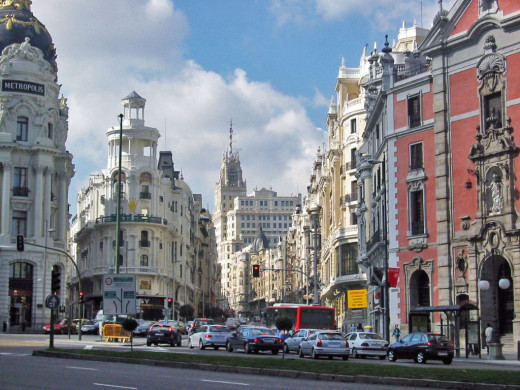
Madrid is the capital and most populous city of Spain and also a Spanish province. The city is situated at the foot of the Guadarrama mountains in the center of the Spanish meseta (plateau), at a height of 2,130 feet (650 meters) above sea level. The climate is continental, with cold winters and hot summers. Annual rainfall rarely exceeds 16 inches (400 mm). The city has a population of 3.234 million (2012).
1. Madrid is the second most industrialized city of Spain after Barcelona. Its leading industries are engineering; construction; food; leather and clothing; paper and graphic arts; ceramics, glass, and cement; woodworking; beverages; basic metallurgy; textiles; tobacco; and chemicals.
2. Even more important to Madrid's economy, however, are commerce, transportation, finance, government administration, tourism, and the entertainment industry. The city's financial preeminence has been decisive in attracting large-scale modern industry to Madrid.
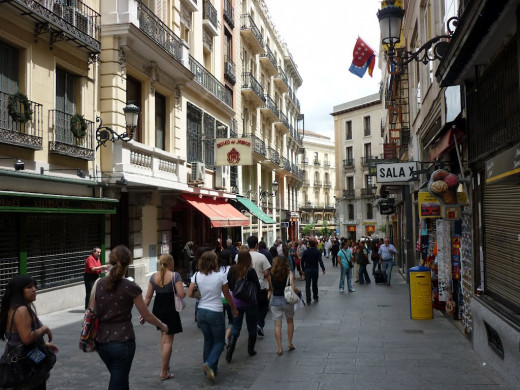
3. As Madrid's economic importance has grown, so has its population. It experienced a tremendous increase, from 1,138,000 in 1930 to 2,938,723 in 2001. Most of this increase was due to migration from the agricultural regions of Castile, Andalusia, and Extremadura.
4. The municipal subway system and numerous buses provide rapid transportation around the city. A radial system of railroads and highways gives Madrid easy access to the rest of Spain. Its three railroad stations are Chamartín, Atocha, and Norte. The Madrid-Barajas International Airport is the most important in Spain in number of planes, passengers, and merchandise handled.
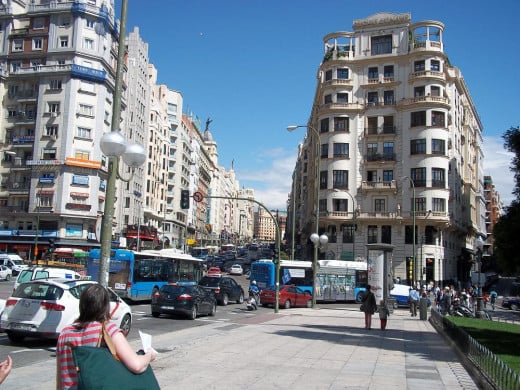
5. The city was founded in the 9th century by the Muslim emir And ar-Rahman II on the small Manzanares River. The Muslim castle (Almudena) built there occupies the site of the present Royal Palace. In the next century the name of the city appears as Magerit (Majrit) in the chronicle of Sampiro, bishop of Astorga. The walls of Magerit were destroyed by Ramiro II of León in 932, but the final Christian conquest, under Alfonso VI of León and Castile, dates from 1083.
6. The peripatetic Spanish monarchy often held court in Madrid from the early 14th century. But it did not become Spain's permanent capital until 1561, when it was chosen by the country's Habsburg ruler Philip II, who was born there. But Madrid had certain obvious advantages as a seat of government: its climate was healthy; there were extensive woodlands (of which the Casa de Campo and El Pardo woods are vestiges) with plentiful game and water; it was situated in the geographical center of the Iberian Peninsula; and choosing it neutralized the rivalries of other Castilian cities.
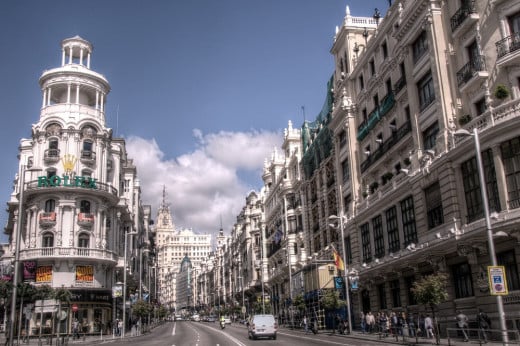
7. After 1561, Madrid experienced a frenetic growth. Spain's Golden Age (Siglo de Oro) of art, architecture, literature, and theater was associated with outstanding figures such as Lope de Vega, Tirso de Molina, and Quevedo, who were born in the city, and with others who were attracted to it, such as Velázquez, Calderón, and Cervantes.
8. Madrid changed hands several times during the War of the Spanish Succession (1701–1714), but fervently welcomed the new Bourbon dynasty in 1710, when Philip V entered the city. The 18th century was a period of splendor under Philip and especially under Charles III—"el mejor alcalde de Madrid" ("the best mayor of Madrid")—when the city was embellished with new buildings and monuments and became a center of European culture.
9. Madrid experienced most of the unhappy events of Spain's disturbed history in the 19th century, beginning with the armed resistance of the inhabitants to the Napoleonic occupation of 1808–1813 and continuing through the popular risings of 1834, 1840, 1841, 1854, 1865, and 1868. In the 20th century Madrid was in the front line of the Civil War of 1936–1939. Gen. Francisco Franco's military occupation of the city on March 28, 1939, marked the end of the civil war.
10. Because the Manzanares River impedes expansion to the west, Madrid has spread eastward from the nucleus between the Plaza Mayor and the Royal Palace (Palacio Real or Palacio de Oriente). Up to the mid-19th century, growth was restrained by the walls constructed by Philip IV in 1625, but in 1860 the walls were demolished and a new stage of growth began. The marquis de Salamanca founded the Salamanca residential district east of the Paseo de Recoletos (Paseo de Calvo Sotelo), and in 1910 the Gran Vía was cut through the old city.
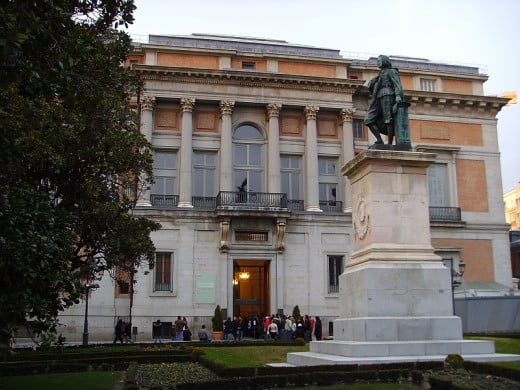
11. The demographic explosion of the 20th century caused Madrid to spread across the Manzanares southwest to Carabanchel, north to Chamartín and beyond, and eastward along the highways to Barcelona and Valencia. In 1964 the Metropolitan Area of Madrid was created, composed of 23 municipalities and extending over 205 square miles (531 sq km).
12. The Moorish quarter and medieval Madrid are to be seen in the narrow streets between the Plaza Mayor and the Calle de Bailén. Here are the 12th century San Nicolás, the oldest church in Madrid; San Pedro el Real, founded by Alfonso XI; and the Torre de los Lujanes, dating from the 16th century. The towers of San Nicolás and San Pedro are in the mudéjar style, mixing Gothic and Islamic elements.
13. Habsburg Madrid of the 16th–17th century is characterized by a modified Italian Renaissance architecture. An example is the Plaza Mayor, planned at the time as the center of the city. It was designed by Juan Gómez de Mora and inaugurated by Philip III in 1619. An equestrian statue of the monarch by Pietro Tacca and Giovanni da Bologna stands in the center of the square, which in the past witnessed bullfights, tournaments, and executions.
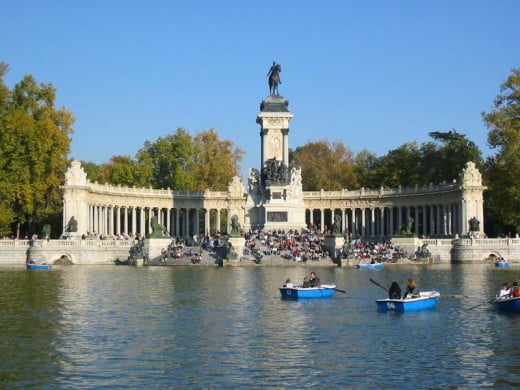
14. The ecclesiastical jewel of Renaissance Madrid is the Capilla del Obispo (Bishop's Chapel) in the Plaza del Marqués de Comillas. Completed in 1535 and marking the transition from the Gothic, it contains a fine reredos by Juan de Giralte (1548). Secular buildings of Habsburg Madrid include the baroque Town Hall on the Plaza de la Villa, the plateresque Casa de Cisneros next to the Town Hall, the Ministry of Foreign Affairs in the Plaza de Provincia, the Segovia Bridge over the Manzanares, and the house of Lope de Vega.
15. From the late 17th century until about 1735 the Spanish Renaissance style was superseded by the baroque works of architects such as José Benito de Churriguera and Pedro de Ribera, to be seen, for instance, in the hospice on the Calle de Fuencarral. The hospice now houses the Municipal Museum and Library.
16. The principal architectural legacy of the house of Bourbon are the neoclassical buildings and monuments of Francesco Sabatini, Ventura Rodríguez, Diego de Villanueva, and of Giovanni Battista Sacchetti, who was commissioned to build the new Royal Palace after the earlier Habsburg palace had burned. Buildings belonging to this period are the Church of San Francisco el Grande (1761–1784), used for years as a royal pantheon and partly decorated by Goya; the Ministry of the Interior (Gobernación) on the Puerta del Sol; and a series of buildings on the Calle de Alcalá -the Ministry of Finance, the Royal Academy of Fine Arts of San Fernando, and the Church of Calatravas.
17. The route of the neoclassical continues along the north-south boulevard of the Paseo del Prado. The Prado Museum, one of the foremost art galleries in the world, contains works by the great Spanish artists El Greco, Ribera, Velázquez, Murillo, and Goya, as well as examples of the Italian, Flemish, Dutch, German, and English schools.
18. Steps lead from the Prado to the Retiro Park, the most beautiful of Madrid's parks, whose woods and avenues cover about 320 acres (130 hectares). Adjacent to the Retiro stand the Cibeles fountain in the Plaza de la Cibeles and, in the Plaza de la Independencia, the monumental arch of the Puerta de Alcalá, built by Francesco Sabatini and decorated by Roberto Miguel in 1778 in honor of Charles III.
19. The architecture of 19th century Madrid can be seen in the Royal Theater (1850) facing the Royal Palace, the Cortes (parliament) building (1856), and the Palace of the National Library and Museums north of the Plaza de la Cibeles.
20. The General Post Office (1907–1919) on the Plaza de la Cibeles is perhaps the most extravagant introduction to the 20th century, which in its public buildings achieves its most complete expression in the University City (one of the largest university campuses in Europe), and along the boulevard of La Castellana.

